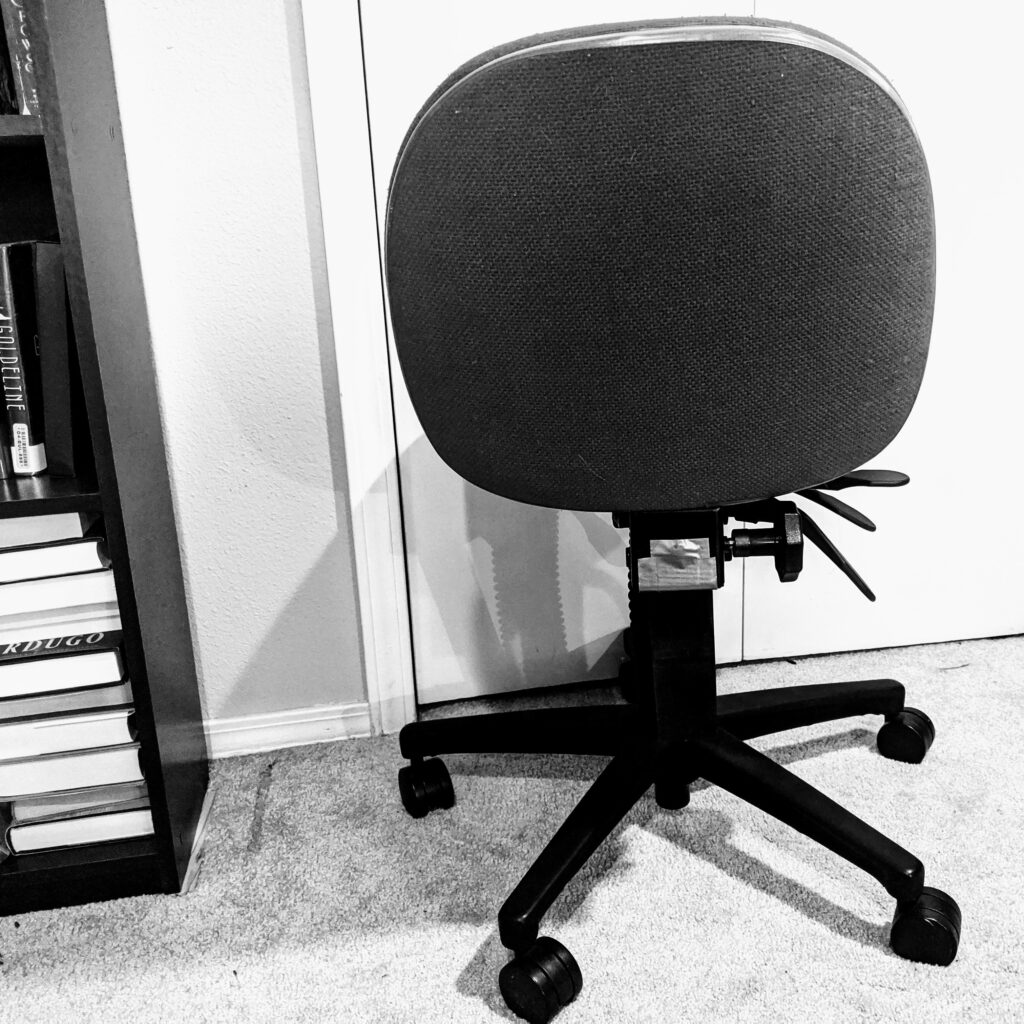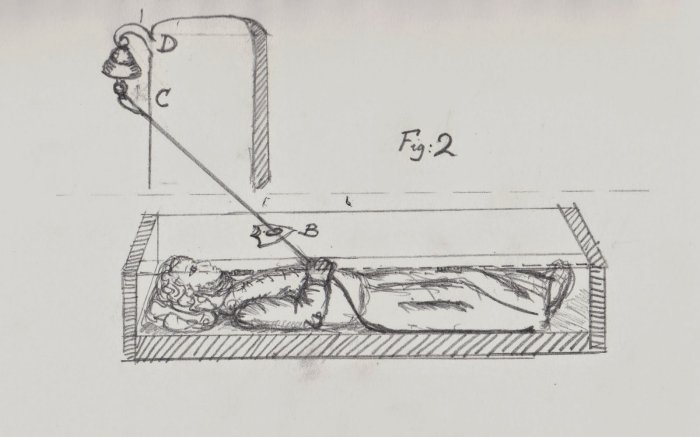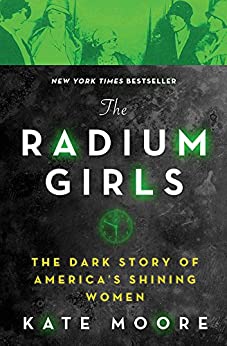I’m going to begin with two caveats:
1. I’m not the only creative type struggling with a world turned on its head, and my experience is both unique to my situation and not remotely unique at all.
2. This post is gonna ramble.
Still with me? Great. Let’s talk about creativity in the era of COVID-19.
The ugly truth is I’m having a tough time writing. I’m researching, and I’m thinking about writing, and I desperately want to write, but getting those words on paper has been damned near impossible as of late.
In this strange new world, I’m working from home which is far from the natural habitat of a community college dean. I still have meetings (zoom) and troubleshoot with my faculty (email and phone) and have reports and budgets and enrollment management and all the things that are required of my job. Now, instead of doing them from my office on campus, I’m working from a small desk in our guestroom. And don’t get me started on my office chair, which is broken beyond repair thanks to repeated abuse perpetrated by my six-year-old twins in an ongoing effort to best one another at the Spinny Chair Game. I won’t bother explaining SPG to you – whatever you think it is is probably close enough to accurate for you to get the picture.

And it’s a funny thing, working from home, because boundaries get blurred very quickly. I was never great at them (work-life boundaries) in the best of times, but now I can’t seem to tell where my work day ends and everything else begins. Perhaps I’ll get good at it just about the same time I can return to the office which, incidentally, is about the same time my new office chair will be delivered.
In addition to being a full time dean working from a very small satellite campus (my house), I am now a part-time kindergarten teacher. Can I tell you how ill-prepared I am to be a part time kindergarten teacher? A lot ill-prepared, that’s how. We’ve spent time making art, reading, and watching videos of authors reading their picture books on YouTube (thanks HarperCollins for the great resources).Yesterday’s math lesson involved adding up numbers on playing cards, selecting a corresponding number of building blocks, and creating something from the resulting pile. Was it a good lesson? I have no idea. But hopefully we’ll keep their brains from getting mushy over the next few weeks. Their dad is currently conducting a PE class in the basement – which mostly means a lot of wrestling. Desperate Plea #1: If you have good lesson ideas for six-year-olds, FEEL FREE to send them my way.
In addition to the above, there is a house to keep sort of clean (impossible), meals to make (trying to avoid mac and cheese more than once a day), and – oh yeah – writing.
And, let’s be very honest with one another, writing is the one thing that has to give when nothing else can or will. Even when I have time to write (late nights – that hasn’t changed), there’s an empty space where the words are supposed to be. I think about writing all the time, I play with plot while I’m washing the dishes (again), and I even get a bit of research done (we’ll talk about safety coffins in a minute). But writing – that thing that results in books? – yeah, it’s not happening. Desperate Plea #2: If you have good suggestions for creative productivity during a crisis (both existential and actual), FEEL FREE to send them my way.
Okay, now that I’ve sufficiently whined, let’s talk about safety coffins.
Remember way back, like twenty seconds ago, when I mentioned researching my current project? Yeah, that’s where the safety coffins come in. Have you heard of them? No? They’re fascinating. Let me give you a quick (and not very good) lesson…
Back in the 18th and 19th centuries, there was a rather common paranoia about being buried alive. The term for this is taphophobia, and it’s a legit phobia (which you know because smart people gave it a fancy name with a Greek root-word) It wasn’t entirely unfounded, either, as premature burial was happening from time to time – often linked to cholera epidemics (don’t ask me for further explanation, I’m not a doctor nor a historian, just someone who’s relatively skilled at googling). Edgar Allan Poe didn’t help the hysteria much, as he wrote about premature burial in a number of his works, most notably (ahem) The Premature Burial, published in 1844.
Anyway, people were afraid of being buried alive and some of those people were, by nature, avid problem solvers (necessity and invention and whatnot). So safety coffins were developed. There were any number of designs, and all of them were bad. A few had windows so some unlucky soul could peer in from time to time to make sure the person inside wasn’t tapping on the glass trying to get their attention. Others had a tube – or trumpet, depending on who’s telling the story – that served two purposes. Some unluckier soul could listen at the tube for signs of life or – wait for it – smell the tube for signs of decay. No odor meant whoever was at the other end of that tube was probably still alive. An ever-increasing stench meant everything was as it should be.
My favorite safety coffin design – and the one that is worming its way into my current middle grade horror project – involved bells. These bells hung off a tombstone and were attached to cords that ran through tubes and into the coffin itself. Those cords were attached to the wrists (and sometimes the ankles and head) of the recently (maybe not) deceased. The idea here seems pretty smart. If the person in the coffin wasn’t quite dead yet, they could pull the cord, ring the bell, and help would be on the way. The problem? Well, as bodies decompose there is an amount of natural movement that occurs. And, sometimes, that movement was enough to ring the bells.

There are some urban legends that tell us terms like dead ringer, saved by the bell, and graveyard shift originate in the heyday of safety coffins. There’s little evidence that’s actually true, but I like the story all the same.
My twisty writer brain likes to conjure some poor guy patrolling a foggy cemetery at night, holding a flickering lantern, while around him softly pealing bells shatter the silence from time to time. Can you imagine how eerie and unsettling that would be? I can. Which is why the idea is making its way into my project. See, my middle grade stories are set in Blight Harbor and Blight Harbor is the seventh most haunted town in America (per capita). It’s the kind of place that’s spooky enough a lot of folks might want to be buried in a safety coffin even today. You know, just in case.
That’s all a very long and winding road to my point, which is while I might not be able to write I can think about writing, and I can research the stuff that will make my writing fun and my world full when I finally get back to it. Oh, and I can also read, which takes us to the final point of this post…

There’s a book that’s been following me around for the last couple weeks, The Radium Girls by Kate Moore. It’s popped up in a number of podcasts and articles lately and, while I don’t necessarily believe in synchronicity (see the 1984 film Repo Man for elucidation on the topic), I also kinda do. So I’m going to succumb to cosmic peer pressure and read the book.
The Radium Girls follows the (very true) story of the women who worked in American watch dial factories in the early decades of the twentieth century. You might ask, “Um…so?”
Well, I’ll tell you. These factories were doing something pretty groundbreaking. They were making watch dials that glowed in the dark – awfully useful for lots of obvious reasons (imagine soldiers in foxholes trying to keep time for a predawn charge). The thing is, the reason those watch dials glowed is the paint they used was filled with radium. And it was mostly girls and young women who worked in those factories – small hands made for fine work, after all. And the girls were instructed to sharpen their radium-coated paintbrushes between each stroke by pulling the tips of the brush through their lips. The girls also liked to apply radium to their clothes, their skin, their teeth, before going out at night. That glow told the world they were special, they had excellent and well-paying jobs, they were Radium Girls. These young women had no idea how dangerous radium was. Those who owned and ran the factories, however, did.
You might recall, Marie Curie was famous in part for her discovery of radium. And her experiments ultimately led to her death in 1934. Today, nearly a century after her passing, Curie’s papers – and even her cookbooks – are considered too dangerously radioactive to handle. So, we had factories full of young women exposed to – ingesting – ungodly amounts of highly radioactive materials. As you might imagine, the consequences were horrific.
I’m going to read The Radium Girls, but I don’t want to read it alone as I know I’ll want to talk about it. So I bought my sister a copy, had it sent to her in Oklahoma City, and we’re going to read it together. Basically, the world’s smallest long-distance book club. (Thanks, Georgia. And also, I’m sorry. This might not be the uplifting story we all need right now).
tl;dr: If you were hoping for some cohesive conclusion to all this that ties everything in a neat bow, sorry to diappoint you. I don’t have one. If anything, the moral of this rant is there are ways to be engaged with your creative side, even if the words aren’t coming and you’re effectively out of time and mental capacity.
As always, I’d love to hear from you. Send me your kindergarten lesson ideas, your creative productivity strategies, and your book recommendations.
And a new chair. Please send me a new chair.
I hope you are safe and well and your words are cooperating.
